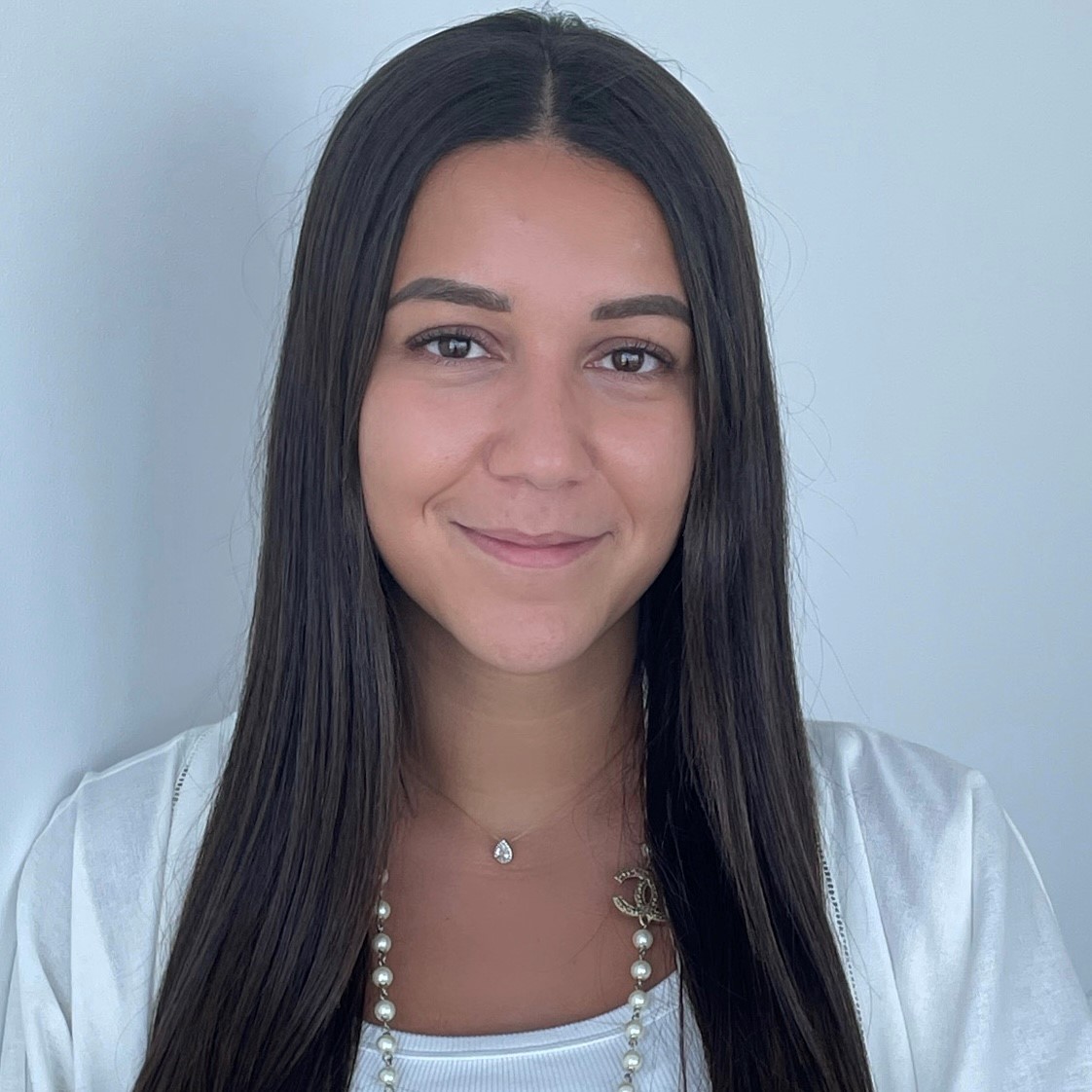
While there are admittedly still many issues regarding diversity and representation within the beauty industry, the past five years have seen the start of real progress which is hugly positive.
Driven to some extent by social media, beauty has been far quicker than fashion to make progress on matters of inclusivity. Albeit that’s not saying much. While Iman, arguably the first woman of colour to become a globally renowned supermodel, having to mix her own palettes backstage in the 1970s seems shocking, the situation wasn’t so different as recently as 2016. As British model Leomie Anderson proved when she took to twitter to share an image showing that her makeup artist had just 12 shades of foundation available with just one dark enough for Leomie’s skintone.
There are foundation palettes available as well w/ every shade you can think of 🤔 https://t.co/BIkgiFGMnH
— DEBBIE CROWN ✨ (@imdebbiecrown) February 17, 2016
The situation looks considerably better today with brands like Fenty Beauty leading the charge for inclusivity with a 40 shade foundation collection that garnered enormous support and catapulted Rihanna’s label to the forefront of the cosmetics industry.
Since then we’ve seen more and more beauty brands catering to and celebrating multuiple forms of diversity. Wet N’ Wild cast its first albino model, Diandra Forrest, as well cancer surviver and amputee activist, Mama Cāx. Orly became the first beauty brand to create something specifically catering to Muslim women with a six-piece collection of nail colors, all halal-certified and water-permeable.
The latest beauty inclusivity campaign comes from none other than Huda Kattan. The Middle East’s makeup queen has joined forces with Pakistani crystal artist Sara Shakeel on a shimmering self-love campaign. Featuring a diverse cast including model Deborah Morena, a Vitiligo sufferer since the age of five and Mama Cāx complete with bedazzled metal amputated leg, the results are stunning.
While we’re not there yet, this latest glittery celebration of stretch marks, birth marks, freckles, disabilities and more is another step towards true inclusivity in beauty.
Images: Instagram








